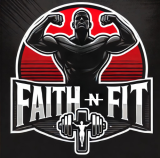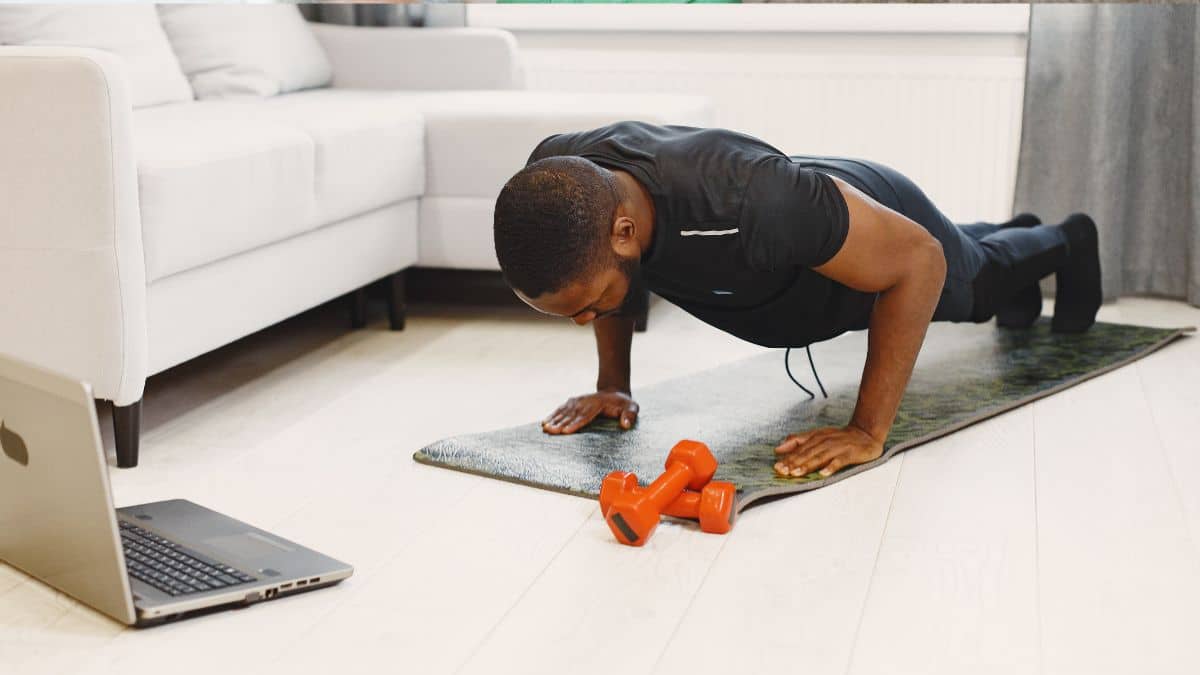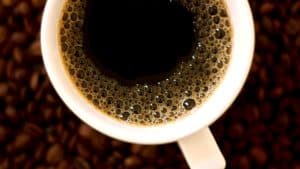Longevity isn’t just about living longer—it’s about living better. It’s not the number of years you live but the quality of movement in those years. That’s where functional exercise for longevity comes in. Unlike traditional workouts that isolate muscles for aesthetic gains, functional training focuses on movement patterns that support real-world activities—improving balance, strength, coordination, and ultimately, your health span.
In this article, we’ll explore how functional exercise not only boosts mobility and independence but also predicts and even extends longevity.
What Is Functional Exercise?
Functional exercise mimics natural movement patterns such as squatting, pushing, pulling, lunging, rotating, and walking. These movements train your body to work as an integrated system, much like it does in daily life.
Examples of functional exercises include:
- Squats and deadlifts
- Step-ups and lunges
- Farmer’s walks
- Pushups and pullups
- Rotational core work
These exercises improve multiple fitness components at once—strength, stability, endurance, and mobility—making them far more efficient for aging well.
How Does Functional Exercise Predict Longevity?
One of the best predictors of how long you’ll live isn’t your weight or cholesterol—it’s how well you move. Several studies have shown a clear connection between functional fitness and longevity:
- Grip strength is correlated with lower mortality.
- Sit-to-stand test (sitting and standing without using hands) can predict fall risk and life expectancy.
- Gait speed (walking speed) is one of the strongest indicators of lifespan in seniors.
Each of these tests reflects neuromuscular efficiency, which functional training improves directly. If you can maintain mobility, coordination, and strength into your 60s, 70s, and beyond, you’re more likely to stay independent, avoid injuries, and live longer.
What Are the Longevity Benefits of Functional Training?
Let’s break down how functional exercise improves both lifespan and healthspan:
1. Improves Balance and Reduces Fall Risk
Falls are the leading cause of injury-related deaths in adults over 65. Exercises like lunges, step-ups, and single-leg stands strengthen stabilizing muscles and enhance proprioception (your body’s awareness in space).
2. Boosts Cardiovascular and Metabolic Health
Movements like kettlebell swings, medicine ball slams, and loaded carries spike the heart rate and build muscular endurance, helping control blood pressure, insulin sensitivity, and weight.
3. Increases Bone Density and Joint Integrity
Weight-bearing exercises improve bone mineral density and stimulate joint stability. Squats, pushups, and resistance band movements fight off osteoporosis and arthritis.
4. Maintains Muscle Mass and Prevents Sarcopenia
After age 30, you lose about 1% of muscle per year if you don’t train. Functional resistance exercises preserve lean mass, which is key to both mobility and metabolic health.
How Can You Use Functional Exercise to Measure Longevity?
You can use several movement-based tests to assess your current longevity potential and monitor your progress:
- Sit-Rise Test (SRT): Sit on the floor and stand up without using your hands or knees. Each support (hand/knee) deducts 1 point from a score of 10. A score below 8 is linked to higher mortality.
- Grip Strength Test: Use a dynamometer or simply try holding a heavy weight for time. Men should aim for 100 lbs+ for 30 seconds; women for 60 lbs+.
- Timed Up-and-Go (TUG) Test: Time yourself standing from a chair, walking 10 feet, turning, and returning. Over 12 seconds may indicate mobility limitations.
- Gait Speed: Walk 10 meters at a normal pace. Slower than 0.8 meters per second is considered a longevity red flag.
By improving these test scores through functional training, you can actually see your longevity metrics improving—in real time.
What Does a Weekly Functional Longevity Plan Look Like?
Here’s a sample weekly plan designed to improve movement quality, build total-body strength, and increase lifespan:
Monday – Strength & Balance
- Goblet Squats: 3 sets of 10
- Farmer’s Carries: 3 rounds, 40 seconds
- Single-Leg Deadlifts: 3 sets of 8 per leg
Wednesday – Mobility & Stability
- Bird-Dog Holds: 3×30 seconds
- Plank with Reach: 3×30 seconds
- Walking Lunges: 2×10 per leg
Friday – Power & Coordination
- Medicine Ball Slams: 4×10
- Jump Squats or Step-ups: 3×10
- Rotational Core Twists: 3×20
Daily – NEAT (Non-Exercise Activity Thermogenesis)
- 8,000+ steps
- Take stairs instead of elevators
- Short walks after meals
Key Takeaways
- Functional exercise strengthens real-world movement patterns and is more predictive of longevity than many medical tests.
- Movements that build coordination, mobility, and strength help you avoid falls, disease, and disability.
- Tests like grip strength, gait speed, and sit-to-stand can help measure your longevity progress.
- A weekly mix of strength, balance, and power work will improve both lifespan and healthspan.
Think of functional training as your retirement health fund. The more you invest now, the better your return will be in your later decades.
Subscribe now and get a 14-day free trial workout app for iPhone users.





